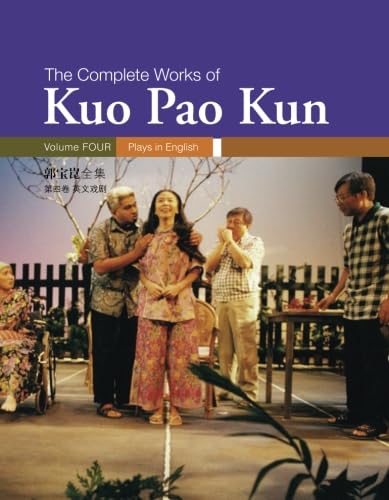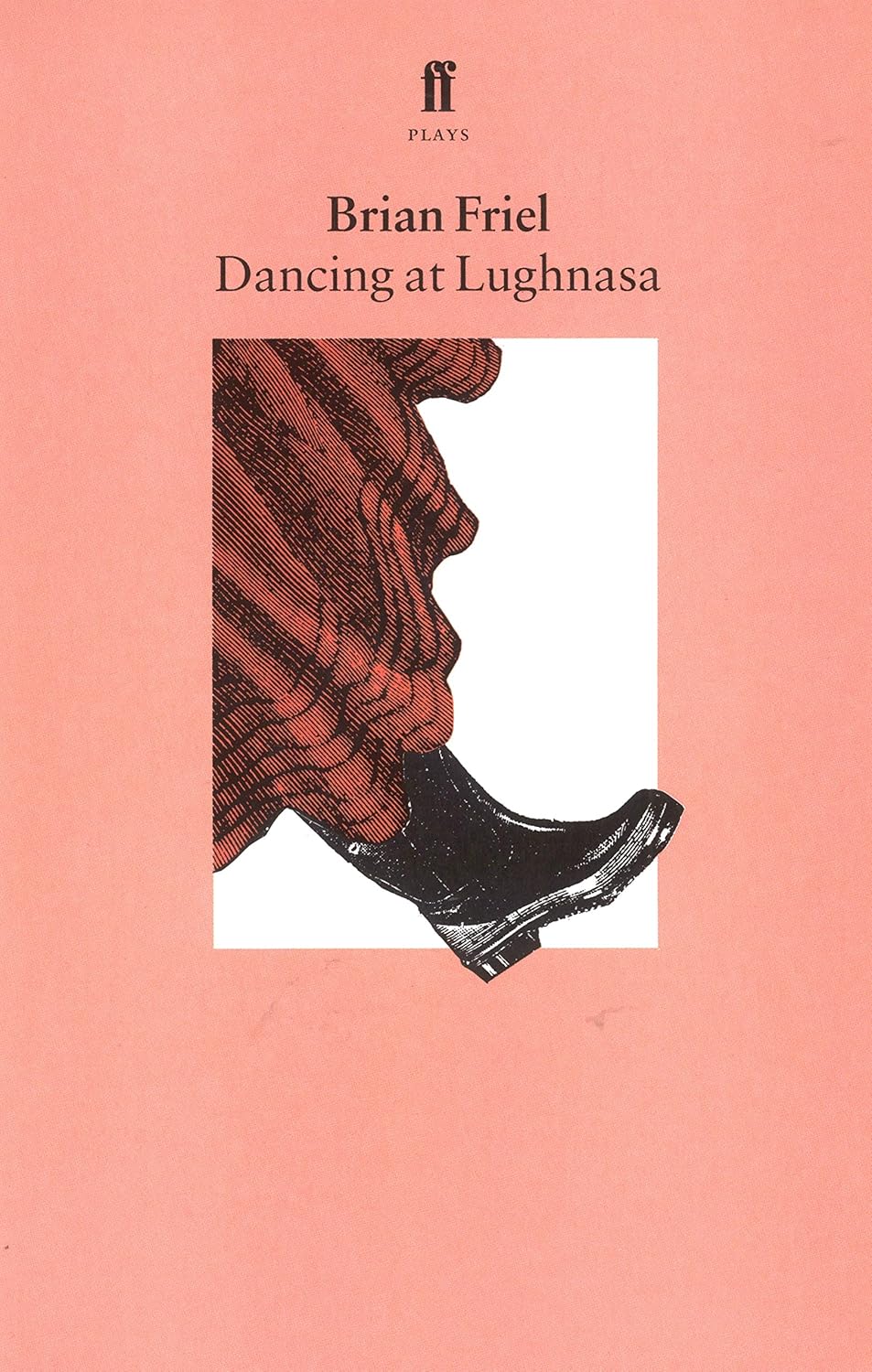A Story of Tradition, Bureaucracy, and Family Values
When a simple burial becomes an existential crisis, we find ourselves at the heart of Kuo Pao Kun’s masterful one-act play “The Coffin is Too Big for the Hole” (1984). In just thirty minutes of stage time, this Singaporean classic manages to unpack generations of cultural conflict and bureaucratic absurdity through a deceptively simple premise: a man trying to bury his grandfather in a coffin that won’t fit the standard government plot.
Quick Facts
- First performed: 1984 at Practice Theatre, Singapore
- Original language: English
- Runtime: Approximately 30 minutes
- Structure: One-act monologue
- Notable achievement: First English-language play to receive Singapore’s Cultural Medallion
- Format: One-person show
Just want to read the play?

The Complete Works of Kuo Pao Kun – Vol 8 Interviews
This collection of interviews with Kuo Pao Kun provides some fascinating insights into the playwright’s ideas and practice.

The Theatre and the State in Singapore
A comprehensive examination of the contemporary English-language theatre field in Singapore.
Historical Context
Written during Singapore’s rapid modernization in the 1980s, “The Coffin is Too Big for the Hole” emerged at a crucial moment in the nation’s development. The play reflects the tension between traditional Asian values and modern urban planning, a hallmark of Singapore’s transformation from a colonial port to a global city-state. Kuo Pao Kun, having recently been released from political detention, crafted this piece as a subtle commentary on the standardization of life (and death) in contemporary society.
Plot Overview
The story is narrated by a young man who must bury his grandfather. The conflict arises when he discovers that his grandfather’s traditional coffin is too large for the standard burial plot allocated by the government. What follows is a darkly humorous account of his attempts to navigate bureaucracy while honoring tradition. The narrator moves between government offices, funeral homes, and family discussions, all while a body awaits burial and time ticks away.
Themes & Analysis
Tradition vs. Modernization
The oversized coffin represents traditional values that no longer “fit” within modern society’s standardized spaces. The grandfather’s coffin, chosen years ago, embodies traditional Chinese beliefs about proper burial and respect for ancestors. Its collision with standardized burial plots symbolizes the larger cultural clash between heritage and progress.
Bureaucracy and Individual Rights
The play masterfully depicts the absurdity of bureaucratic systems through the narrator’s increasingly desperate attempts to find someone who can approve a non-standard burial plot. Each office he visits presents another layer of rules, forms, and procedures, highlighting how modern systems can trap individuals in cycles of inefficiency.
Family and Filial Piety
At its heart, the play explores the concept of filial piety – the traditional Asian value of respect and care for one’s parents and ancestors. The narrator’s determination to honor his grandfather’s wishes, despite considerable obstacles, demonstrates the enduring power of family obligations in modern society.
Revolutionary Elements
Kuo’s use of monologue form is particularly effective, allowing the audience to experience the frustration and absurdity directly through the narrator’s perspective. The play’s ability to tackle serious sociopolitical themes through humor and personal narrative was groundbreaking for its time in Singaporean theatre.
Cultural Impact
The play has become a cornerstone of Singaporean literature, frequently performed internationally and studied in schools. Its themes resonate well beyond Singapore, speaking to anyone who has faced the seemingly impossible task of preserving tradition in a modernizing world.
Staging & Performance
The minimalist staging requirements – requiring only one actor and minimal props – make this play particularly powerful. The performer must embody multiple characters through voice and gesture alone, creating a rich world through narrative skill. This simplicity has contributed to its widespread performance across various cultures and contexts.
Contemporary Relevance
In our era of increasing urbanization and standardization, the play’s themes remain startlingly relevant. From housing regulations to cultural preservation, modern societies continue to grapple with the same tensions between efficiency and tradition that Kuo identified in 1984.
Discussion Questions
- How does the size of the coffin symbolize larger cultural conflicts?
- What does the play suggest about the relationship between tradition and progress?
- How do different cultures handle the conflict between standardization and individual needs?
- What role does humor play in addressing serious social issues?
Further Exploration
The play pairs well with other works about bureaucratic absurdity, such as Nikolai Gogol’s “The Overcoat” or Franz Kafka’s “The Trial.” It also connects thematically with contemporary discussions about urban planning and cultural preservation in rapidly developing societies.
Fun Facts
- The play was first performed in English but has been translated into multiple languages
- Kuo Pao Kun wrote versions in both English and Chinese, with subtle differences between them
- The play has become a standard text in Singaporean schools
- It has been performed using various staging techniques, from traditional theatrical presentations to puppet shows
Last word
“The Coffin is Too Big for the Hole” endures because it addresses universal themes through a deeply personal lens. Its brilliance lies in how it transforms a seemingly simple bureaucratic problem into a profound meditation on tradition, family, and societal change. In just thirty minutes, it manages to capture the complexity of modern life and the eternal challenge of honoring the past while adapting to the present.





Leave a Reply